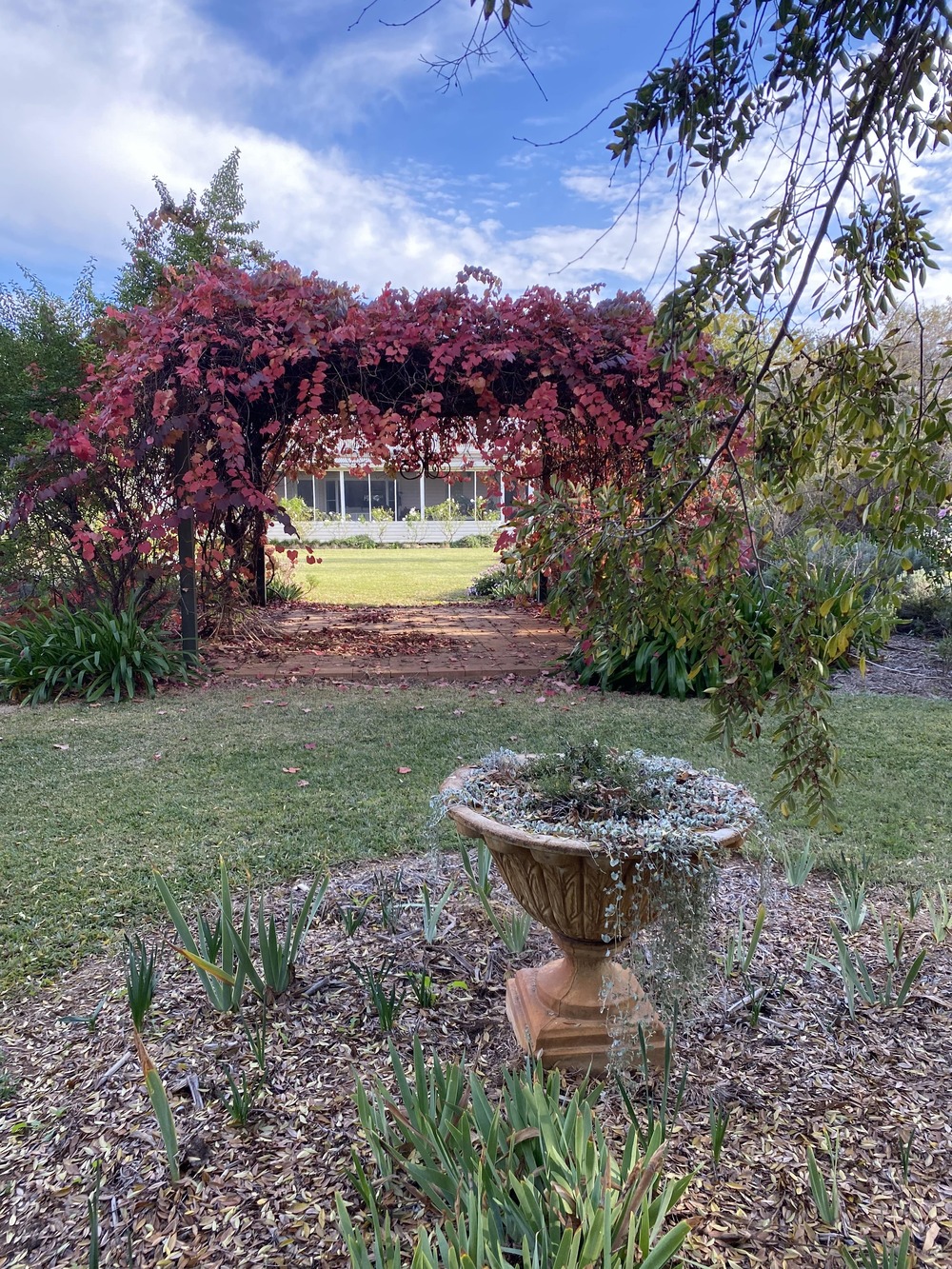Garden weeds on the loose
Lily Plass
01 August 2024, 9:20 PM
 English Ivy in the wild. Photo: Invasive Species Council
English Ivy in the wild. Photo: Invasive Species Council The gardening industry should be taking more responsibility in preventing garden weeds from becoming a threat to native plant species, the Invasive Species Council warns.
The Invasive Species Council says escaped garden plants are the number one cause of new weeds in Australia but the root of the issue does not lie with hobby gardeners.
"An incredible three-quarters of all listed weeds in Australia are escaped garden plants and every year the problem gets worse," Advocacy Director of the Invasives Species Council Jack Gough said.
Instead, more information should be available for customers about the type of plants they buy from commercial gardening stores.
"We are relying on everyday Australians to either have a botany degree or to pay close attention to the warnings in the fine print of plant labels to stop their gardens becoming a ticking time bomb. That's a system designed to fail," Mr Gough said.
Hobby gardeners such as Robyn Hanigan from the Coonamble Garden Club do their best to keep weeds under control.
"All my edges and weeds I can get to without affecting plants are sprayed with round-up," Ms Hanigan said.
"I try to smother the garden and around trees with very thick mulch."
"While it is harder, I sometimes just pull out the bigger weeds by hand."

Robyn Hannigan's maintained garden
The initiative Gardening Responsibly has been assessing ornamental plants to assess their invasive risk level.
"A cost-effective way to restrict the spread of potentially invasive plants is to help buyers better understand if they pose a risk so that gardeners and industry can choose ornamental plants that are better for the environment and won't jump the fence," Michelle Leishman Distinguished Professor of Biology at the Macquarie University told Garden Responsibly.
In a research article by The Lighthouse Professor Leishman says there are over 20,000 introduced plant species in Australia, the overwhelming majority of which were brought in as ornamental garden plants.
Gardening Responsibly highlights that not every weed is invasive but everything that is invasive is a weed.
Characteristics of invasive weeds include producing copious viable sees or propagules, altering natural fire regimes, and harming threatened species.
"An incredible three-quarters of all listed weeds in Australia are escaped garden plants and every year the problem gets worse," Mr Gough said.
"But this isn't a Bunnings problem or an individual nursery or weedy plant species problem, it's an industry-wide problem.
"To date, self-regulation has failed. It depends too much on gardeners or individual nurseries to do the right thing."
On the Gardening Responsibly website, gardeners can check the invasiveness of a plant they want to buy.
Minister of Environment Tanya Pilbersek is fighting for stronger government regulation when it comes to garden weeds.
"Environment minister Tanya Plibersek has shown great leadership in convincing all state and territory environment ministers to agree to develop a national plan to tackle this problem and make sure we protect our bush and streams from being choked out by more weeds," Mr Gough said.



